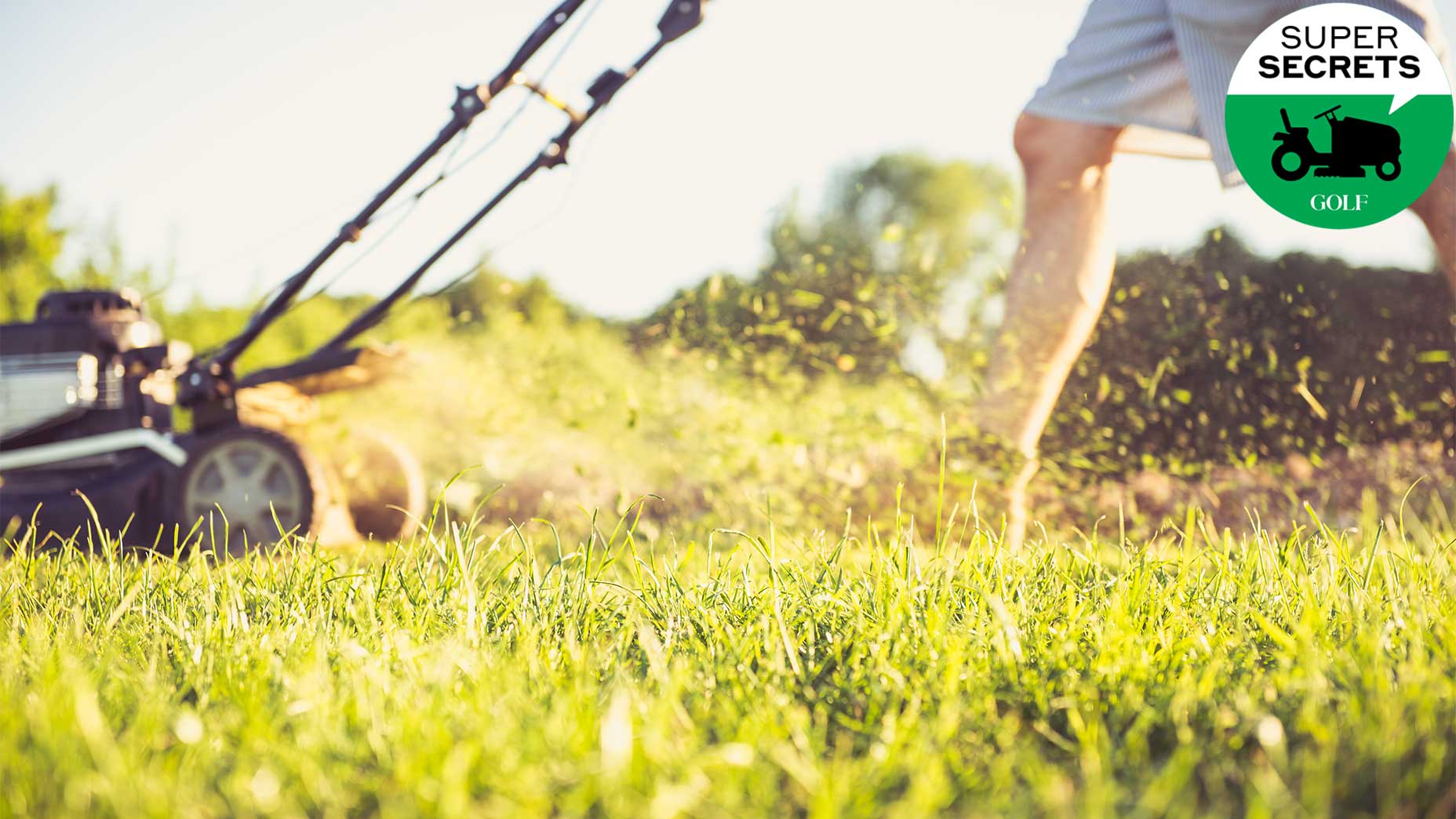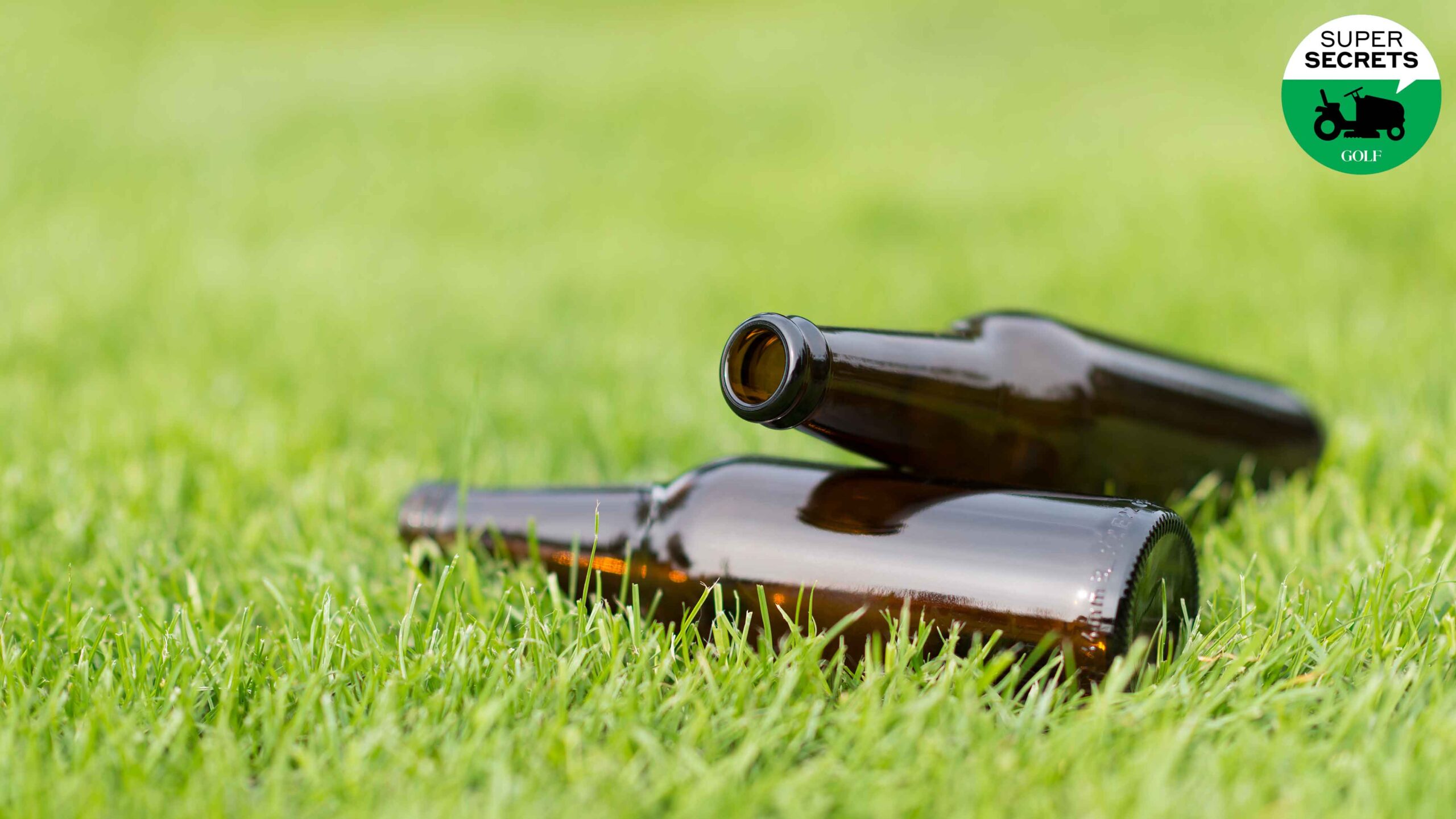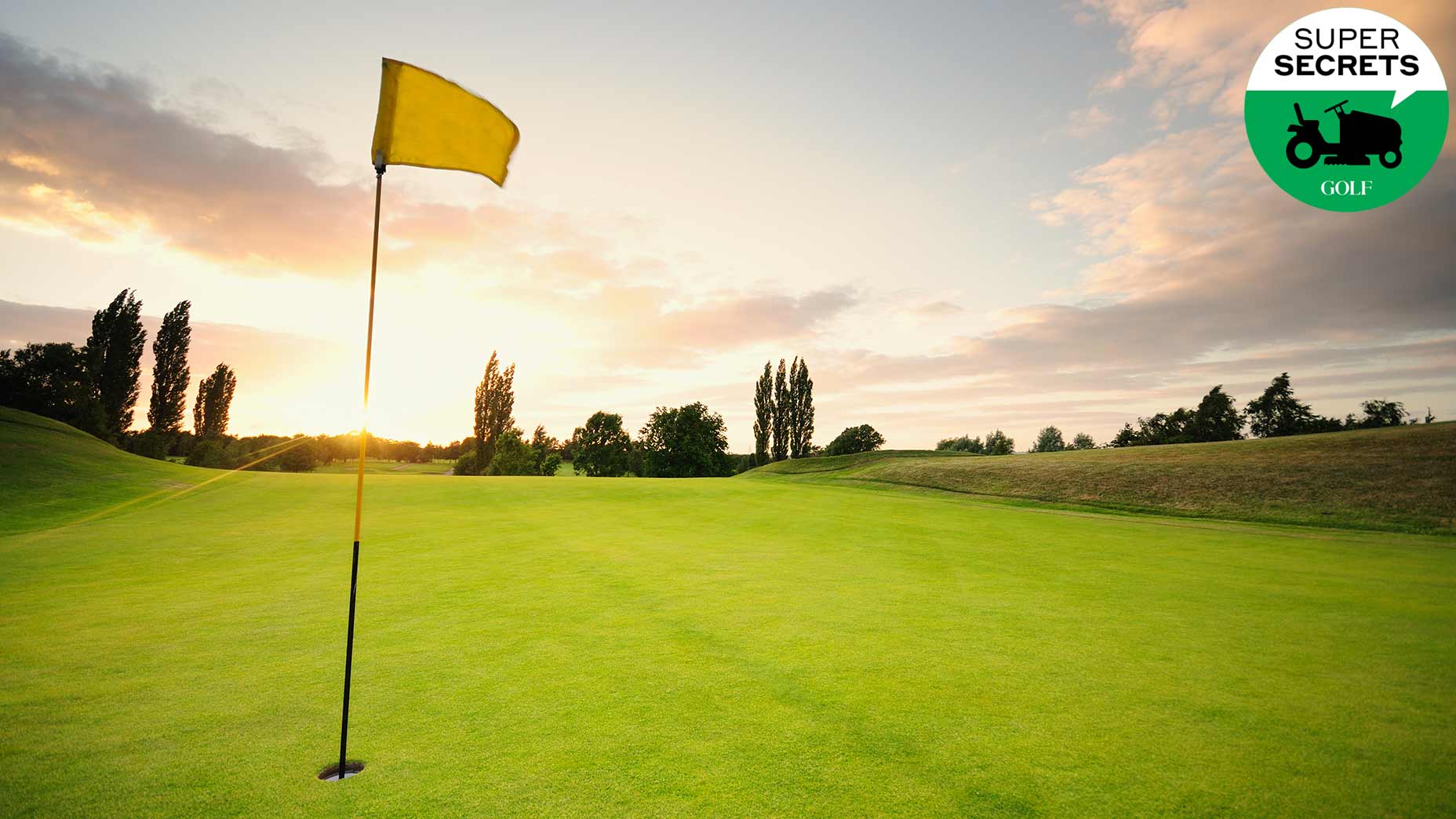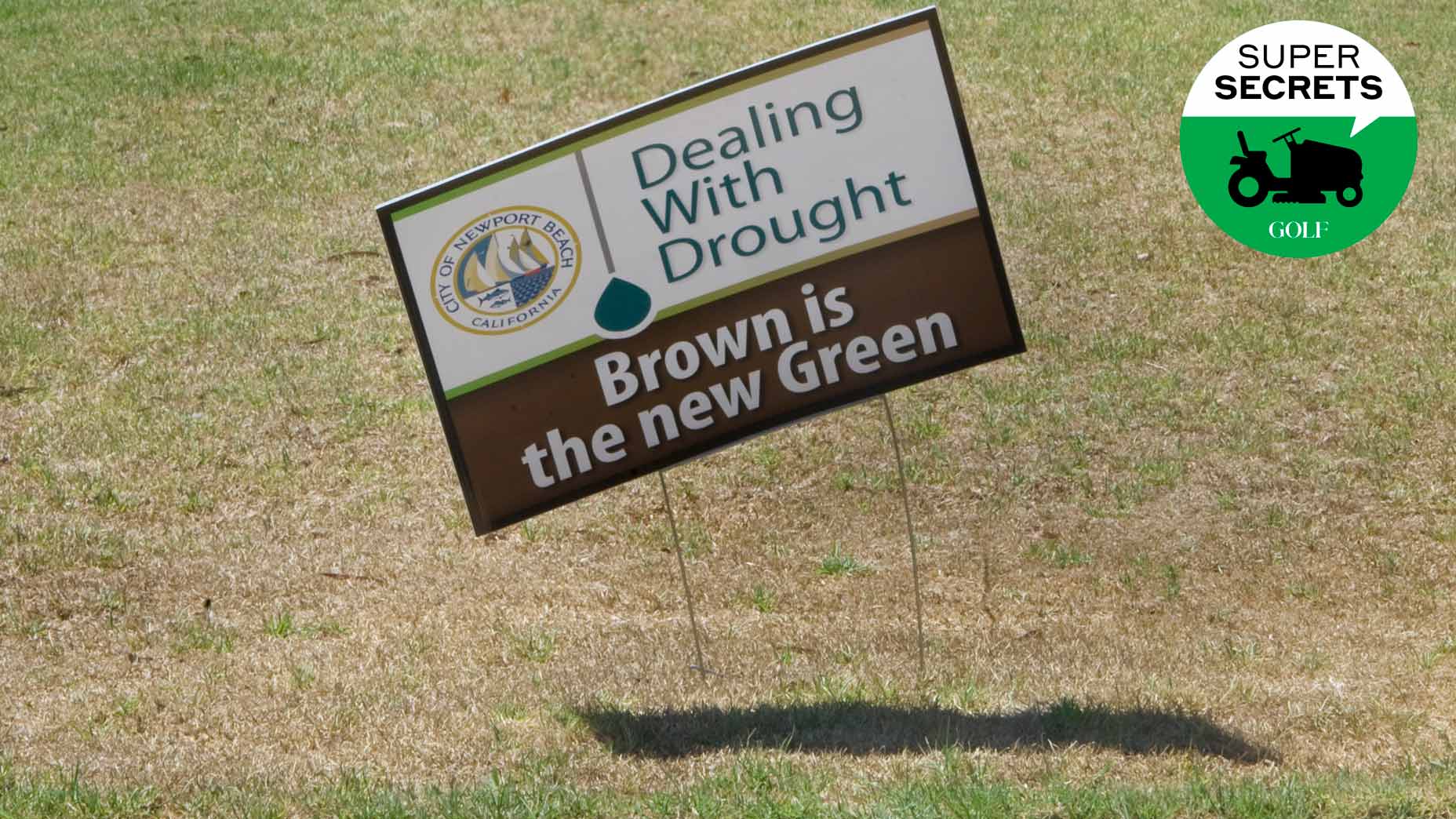5 smart hacks for keeping your lawn better-looking than your neighbor’s

The grass isn’t always greener on the other side of the fence, but doesn’t it bug you when it is?
Getty Images Plus
Welcome to Super Secrets, a GOLF.com series in which we pick the brains of the game’s leading superintendents. By illuminating how course maintenance crews ply their trades, we’re hopeful we can not only give you a deeper appreciation for the important, innovative work they do but also provide you with maintenance tips that you can apply to your own little patch of paradise. Happy gardening!
The grass isn’t always greener on the other side of the fence, but doesn’t it bug you when it is? We understand. With a pastime as competitive as lawn care, the only thing better than a beautiful yard is a yard more beautiful than your neighbor’s.
Dan Cutler gets it, too. He is the superintendent of Rio Verde Country, in Arizona, and the co-host of From the Jingweeds, a podcast devoted to all things turf related.
Here are Cutler’s five hacks for keeping your lawn better-looking than the one next door.
Iron, Man
A key component in many fertilizers, iron is what you might call an important fairway iron. What it does on the course works at home, too: it turns grass a dark, lush green. At his course, Cutler buys iron in bags, melts it down and sprays it. But for home use, he recommends buying iron in a fertilizer mix and using a spreader. Just one word of caution: applied in excess, Cutler says, iron blackens grass. So, on top of following the directions on the package, it’s probably worth a conversation with an expert at your local lawn-care store.
Paints and Pigments
Superintendents sometimes flash the skills of makeup artists, touching up blemishes here and there with paints, pigments, dyes and the like. You can do the same at home. But be mindful, Cutler says: the application job can be messy, as can the aftermath, especially if you’ve got kids or a dog. Let either roll around on freshly painted grass, and it won’t be long before they’re as green as the Grinch.
Sharpen Your Blades
A dull mower blade will do more tearing than slicing, damaging the plant and leaving the tips more susceptible to browning. Keeping mower blades sharp (about once a year should do it for most home uses) helps ensure a cleaner, better-looking cut.
Adjust Your Mowing Heights
As you’ve surely noticed on the course, the tighter the cut, the more delicate the maintenance requirements. No need to keep your yard Augusta-slick. Letting the grass grow longer creates a larger, lusher plant, which, in turn, allows you more leeway. There are limits, of course, as an overgrown yard presents its own maintenance headaches. Cutler suggests two inches as a good target mowing height.
Water Right
Under water your yard, and the grass will go brown with thirst. But over watering is a problem, too, as it can lead to diseases, which can turn to brown spots. Because different grass varieties call for different levels of irrigation, do a bit of research and find out how much and how often you should give your grass a drink. If you’ve got a timed irrigation system, don’t just set it and forget it. You’ll want to adjust for changes in the weather. Also, watering evenly across your lawn will help ensure a uniform green. It’s not rocket science. In fact, Cutler says, “proper irrigation is probably the best and easiest thing you can do to keep your lawn looking good.”












